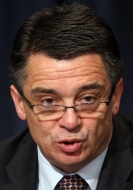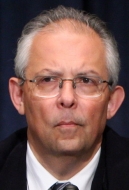- Serbia
Get to know Serbia
- Citizens
Culture and science
Health services
Pension and disability insurance
- Business
Employment
Economy
- Media
- Government
- Contact
Keep in touch
Contact form
Back
Keepin touch
Whether you have a question, comment, suggestion or any problem in the purview of the government, send us your message and we will try to respond as soon as possible. If your problem is not in our purview, we will forward your message to the relevant institution.
Q:
A:
No cases of H1N1 infection in Serbia
Belgrade,
15 May 2009
Minister of Health Tomica Milosavljevic today stated that not a single case of infection of the new group A virus has been registered in Serbia.
Milosavljevic told the press that it is not possible to prevent further spreading of the virus, but Serbia has taken all measures in preparing for a possible outbreak.
According to the Minister we should carefully monitor the spreading of the virus, as it has already become an epidemic.
Milosavljevic pointed out that Serbia is currently at risk, adding that the first wave of the epidemic is expected to appear this summer and the second in autumn or winter.
He noted that the virus is more contagious than a seasonal influenza, so that we can expect it to spread faster, but there is still no need to panic.
He said that the Exit and Guca music festivals and the Universiade are three huge events which will bring a big number of visitors to Serbia and this could present a difficult challenge.
These are summer events, which is not a flu season, however Serbia will seek advice from the WHO, he said.
According to the Minister we should carefully monitor the spreading of the virus, as it has already become an epidemic.
Milosavljevic pointed out that Serbia is currently at risk, adding that the first wave of the epidemic is expected to appear this summer and the second in autumn or winter.
He noted that the virus is more contagious than a seasonal influenza, so that we can expect it to spread faster, but there is still no need to panic.
He said that the Exit and Guca music festivals and the Universiade are three huge events which will bring a big number of visitors to Serbia and this could present a difficult challenge.
These are summer events, which is not a flu season, however Serbia will seek advice from the WHO, he said.
Milosavljevic said that according to the latest WHO statistics 6,300 H1N1 cases have occurred world wide until now, with mortality rates ranging from 0.3% to 0.5%.
The Minister explained that WHO statistics show that the epidemic probably began in February in the town of La Gloria in Veracruz, Mexico, because half of the people in the town fell ill with the disease.
Head of the Health Ministry’s special working group for implementing the plan for preventing and controlling the epidemic Predrag Kon said that it is estimated that the H1N1 influenza A incidence will be from two to six times more than ordinary seasonal flu.
He said that it is too early to form an estimate of the mortality rate because the virus is behaving differently in different parts of the world, adding that it can be said with a high degree of certainty that the mortality rate in Serbia would be higher than in earlier seasonal flu epidemics in the country.
The Minister explained that WHO statistics show that the epidemic probably began in February in the town of La Gloria in Veracruz, Mexico, because half of the people in the town fell ill with the disease.
Head of the Health Ministry’s special working group for implementing the plan for preventing and controlling the epidemic Predrag Kon said that it is estimated that the H1N1 influenza A incidence will be from two to six times more than ordinary seasonal flu.
He said that it is too early to form an estimate of the mortality rate because the virus is behaving differently in different parts of the world, adding that it can be said with a high degree of certainty that the mortality rate in Serbia would be higher than in earlier seasonal flu epidemics in the country.
-
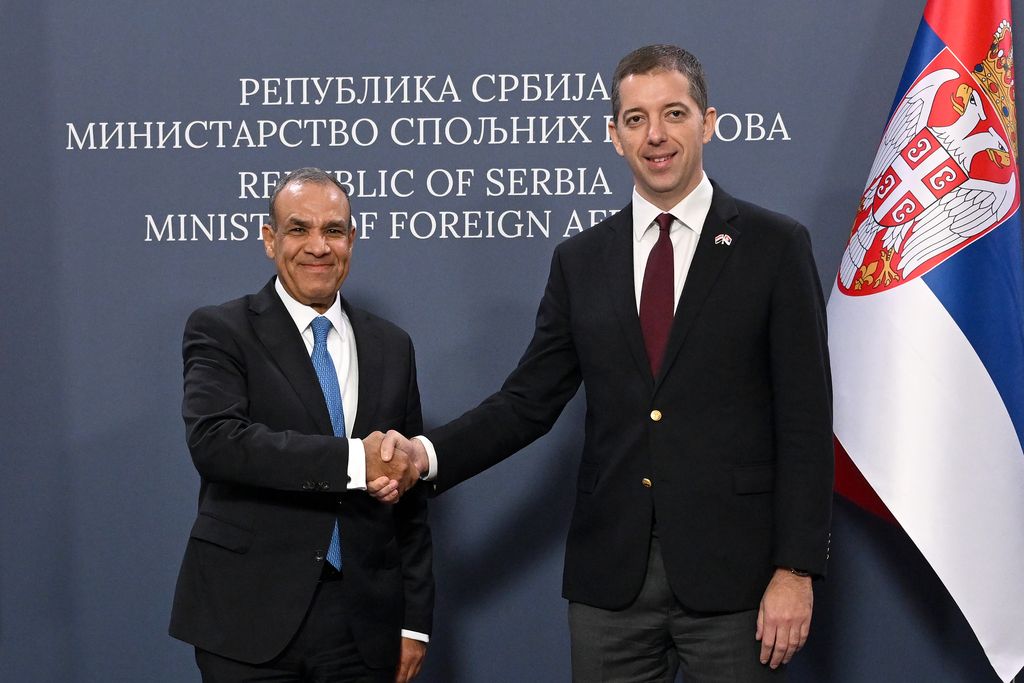 Belgrade, 22 January 2025
Belgrade, 22 January 2025Egypt one of Serbia’s closest partners on international stage
-
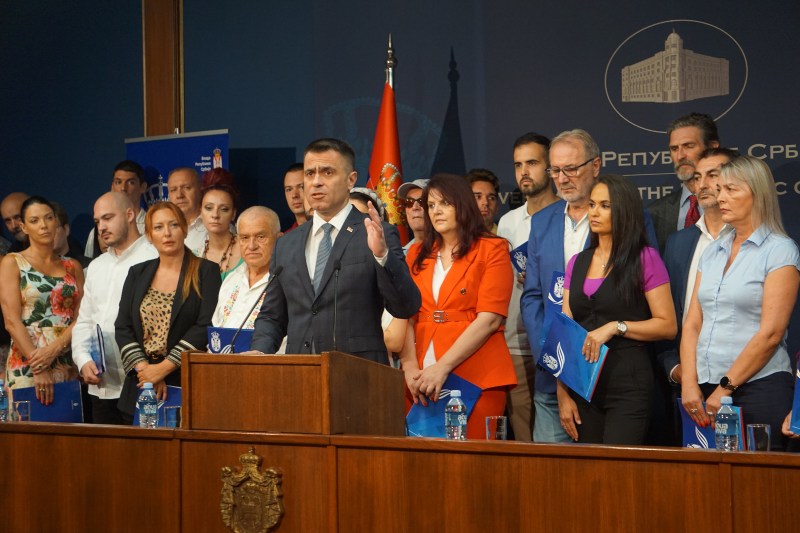 Belgrade, 9 July 2024
Belgrade, 9 July 2024Support for 104 associations in diaspora that preserve Serbian language, culture
-
 Belgrade, 15 April 2024
Belgrade, 15 April 2024Competition for StarTech grants open until 31 May
-
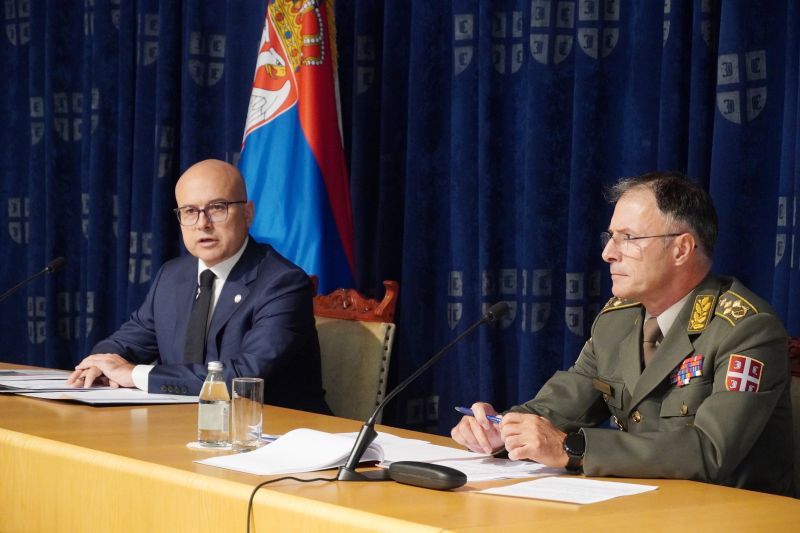 Belgrade, 2 October 2023
Belgrade, 2 October 2023Serbia respects Resolution 1244 and will do everything to preserve peace
-
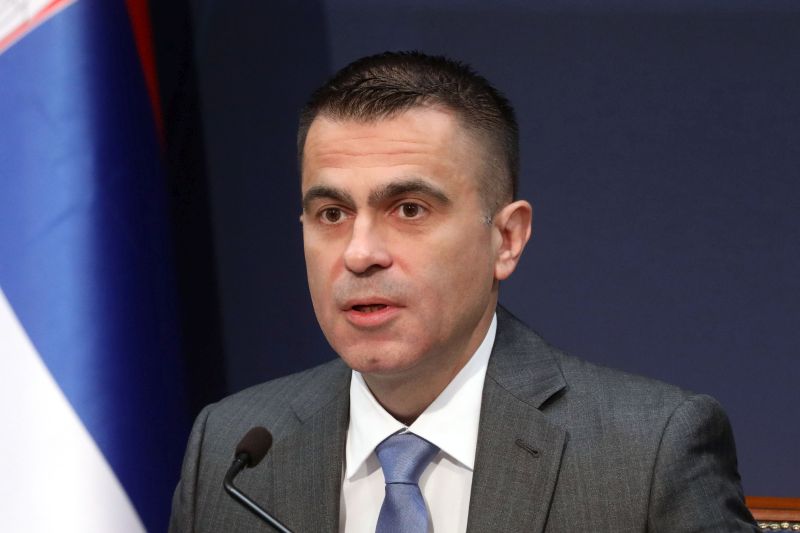 Belgrade, 13 September 2023
Belgrade, 13 September 2023Day of Serbian Unity to be celebrated outside borders of Serbia, Republika Srpska for the first time
-
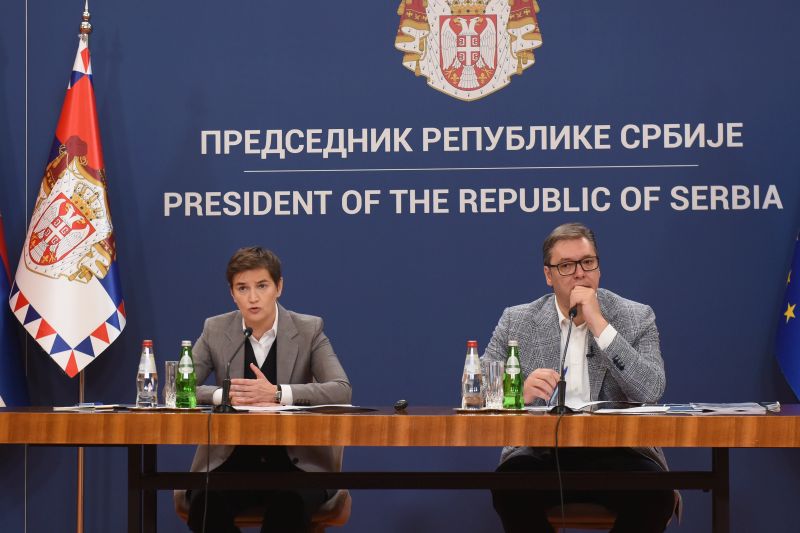 Belgrade, 8 August 2023
Belgrade, 8 August 2023RSD 24.2m in state aid paid out to citizens affected by storm
-
 Belgrade, 17 June 2023
Belgrade, 17 June 2023Belgrade is doing everything to preserve peace in Kosovo and Metohija
-
 Belgrade, 15 June 2023
Belgrade, 15 June 2023Slovenia will continue to support Serbia on its way to EU
-
 Belgrade, 5 May 2023
Belgrade, 5 May 2023Emergency measures, tightening of conditions for possessing weapons
-
 Belgrade, 3 May 2023
Belgrade, 3 May 2023Three days of mourning in Serbia over tragedy at Vladislav Ribnikar primary school

